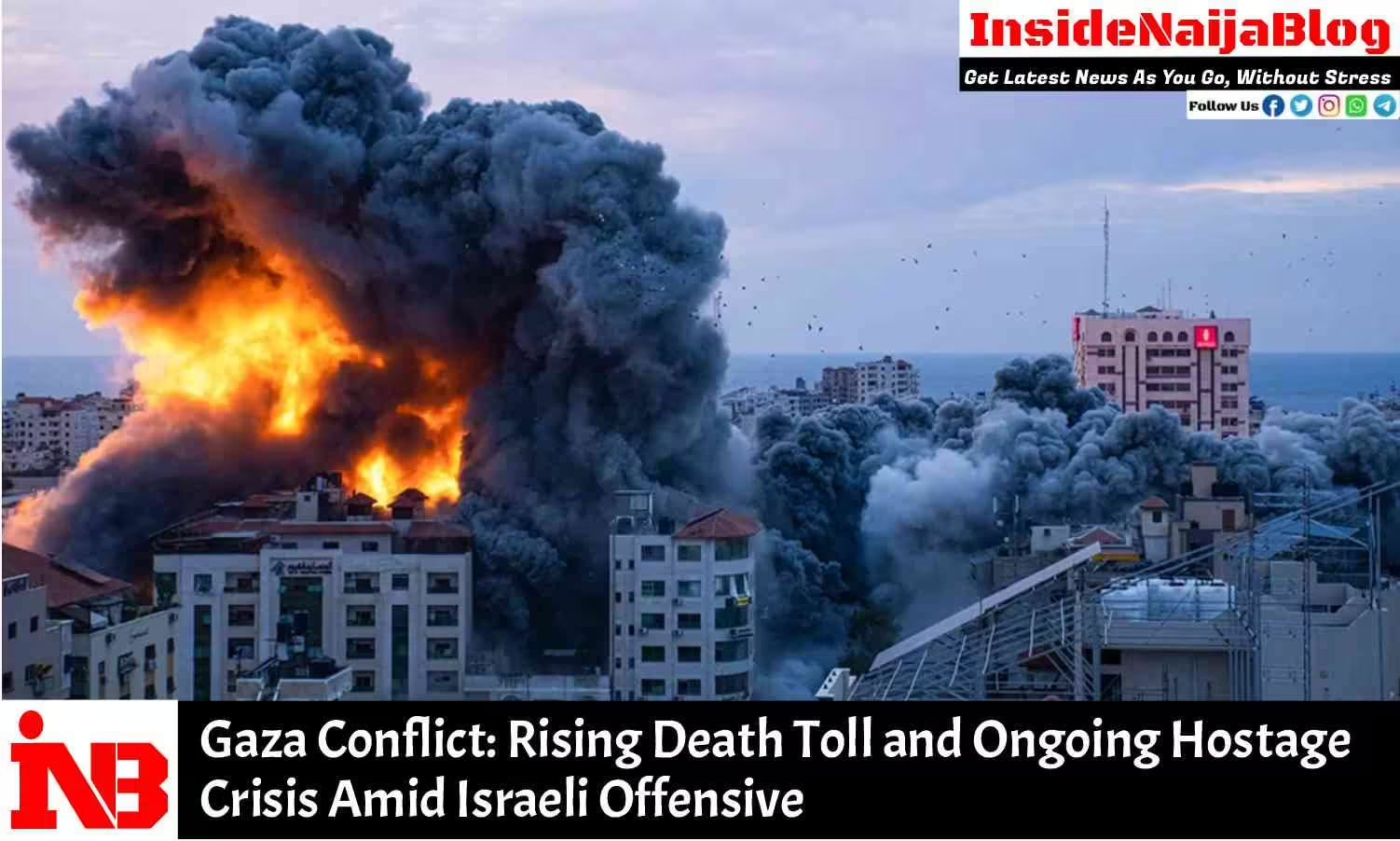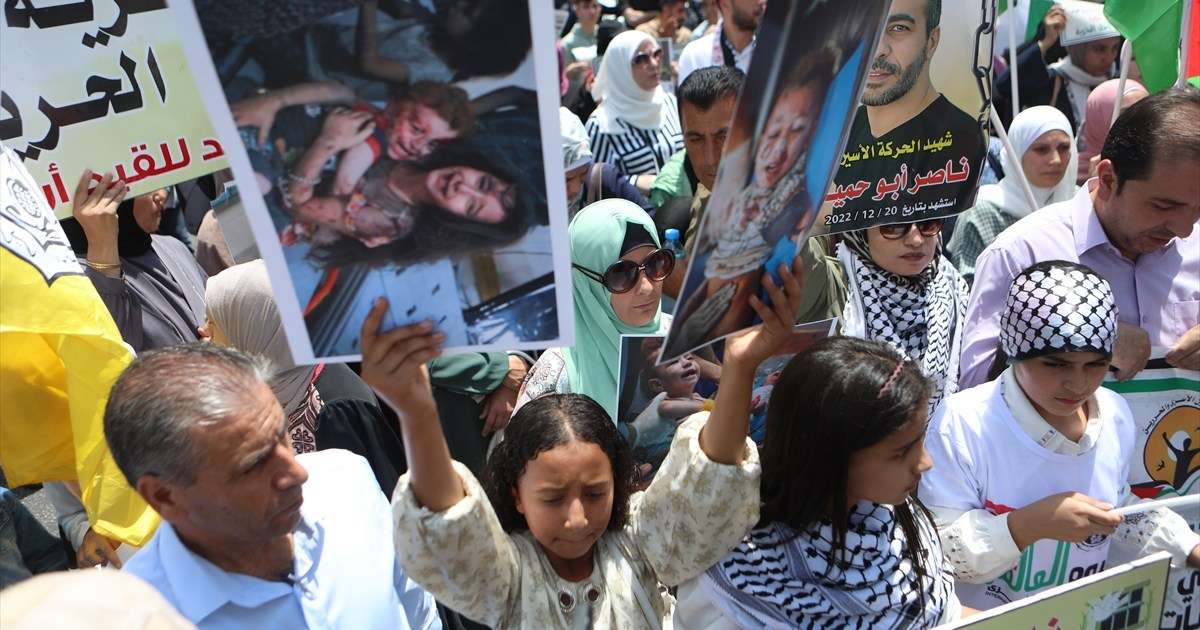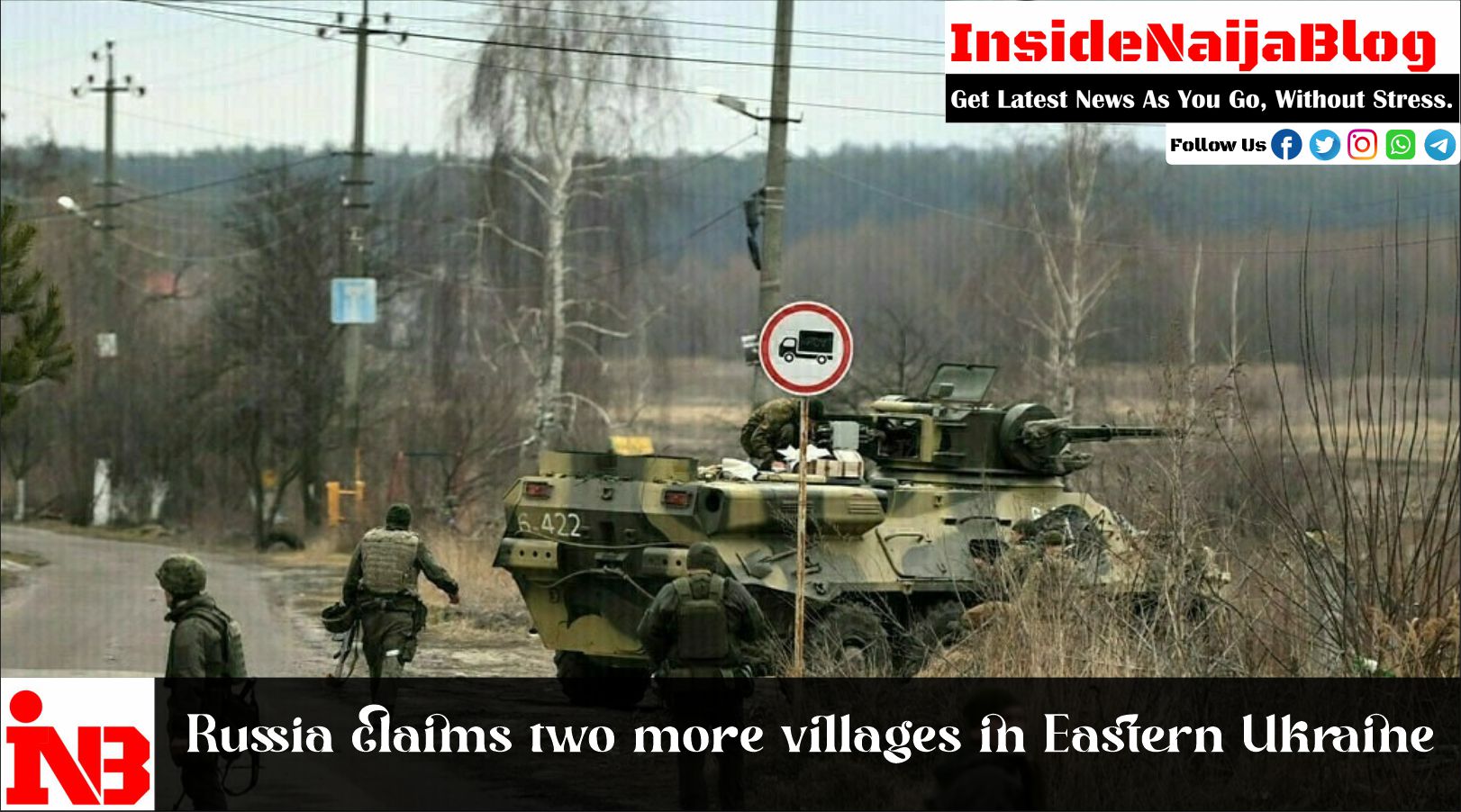The conflict between Israel and Hamas continues to escalate, with devastating consequences for civilians in Gaza. According to the latest update from the Hamas-run health ministry on Sunday, 84 Palestinians were killed and 158 others injured in the past 24 hours alone. This adds to the staggering overall death toll and injuries since Israel launched its military offensive on October 7 last year. The health ministry reports that at least 42,603 Palestinians have been killed, with 99,795 others wounded during the intense fighting, marking one of the bloodiest periods in the region’s recent history.
The origins of this latest escalation trace back to a coordinated attack led by Hamas on Israel on October 7. This unprecedented assault resulted in the deaths of around 1,200 Israeli civilians and soldiers. Additionally, Hamas militants took 251 hostages, which has intensified the conflict and drawn global attention. Among the hostages were Israeli citizens as well as foreign nationals, further complicating diplomatic efforts to mediate the situation.
In the wake of the attack, Israel responded with a large-scale military offensive aimed at dismantling Hamas’s infrastructure and securing the release of hostages. The Israeli airstrikes, combined with a ground offensive, have caused widespread destruction across Gaza, leading to the high number of casualties and injuries. Humanitarian organizations have expressed grave concerns about the deteriorating conditions in Gaza, where access to basic necessities such as food, water, medical supplies, and shelter has been severely compromised due to the ongoing conflict and blockade.
Prime Minister Benjamin Netanyahu has made it clear that Israel’s military operations will not cease until the hostages are brought home. Earlier this week, Netanyahu reiterated his commitment to continue the offensive, stating that the recovery of the remaining hostages is a top priority for his government. Despite efforts by international mediators to negotiate a ceasefire, fighting has intensified, and the likelihood of an immediate resolution seems distant.
As of now, around 100 hostages are still being held in Gaza, with little information on their conditions. Hamas has been accused of using these hostages as leverage, complicating efforts to bring about a peaceful resolution to the crisis. Israel, on the other hand, has faced growing international criticism for the heavy civilian toll of its military actions, particularly in densely populated areas of Gaza where civilians, including women and children, have been caught in the crossfire.
The ongoing conflict has also heightened tensions across the broader Middle East region, with protests and solidarity movements emerging in various countries. The humanitarian crisis in Gaza has prompted calls from the international community for immediate relief efforts and for both sides to engage in peace talks. However, with the hostilities continuing and no clear path to peace in sight, the situation remains deeply precarious.
This latest chapter in the long-running Israeli-Palestinian conflict highlights the deep-rooted complexities of the situation, where historical grievances, political disputes, and religious tensions converge. While both sides have suffered heavy losses, the human cost for civilians has been catastrophic, particularly for the residents of Gaza, who are living through relentless bombardments and extreme shortages of basic life-sustaining resources.
As the conflict grinds on, the international community continues to grapple with how to bring about a lasting solution that addresses both the immediate humanitarian needs and the broader political issues that have fueled the conflict for decades. Until then, the region remains in a state of uncertainty, with the lives of countless civilians hanging in the balance.




